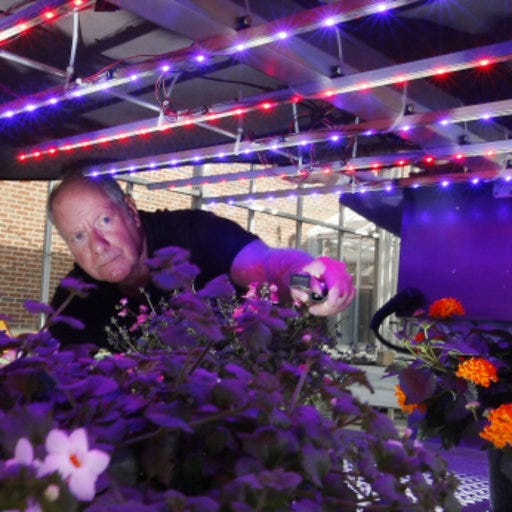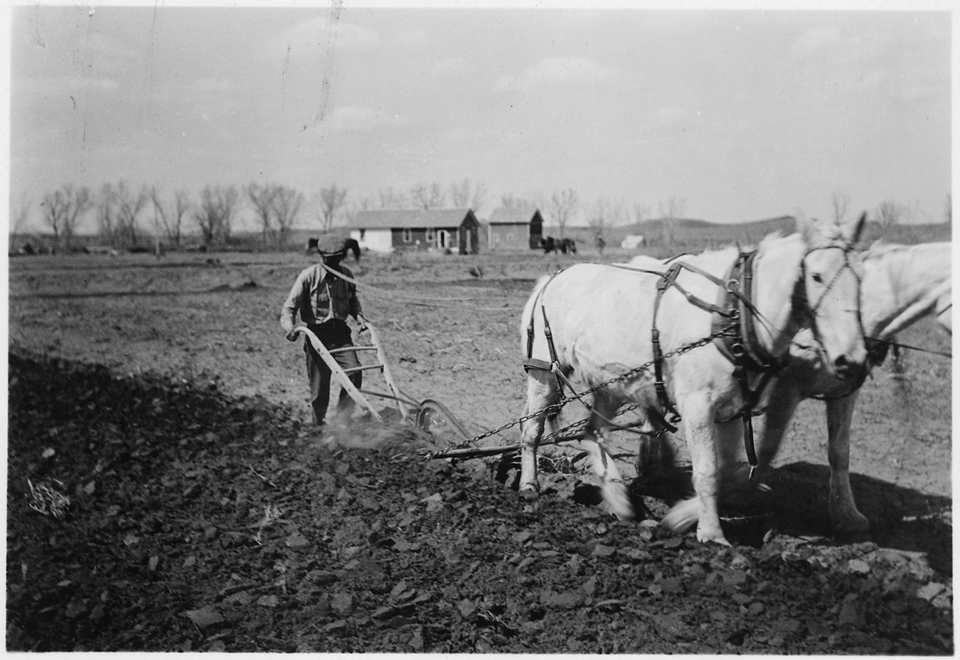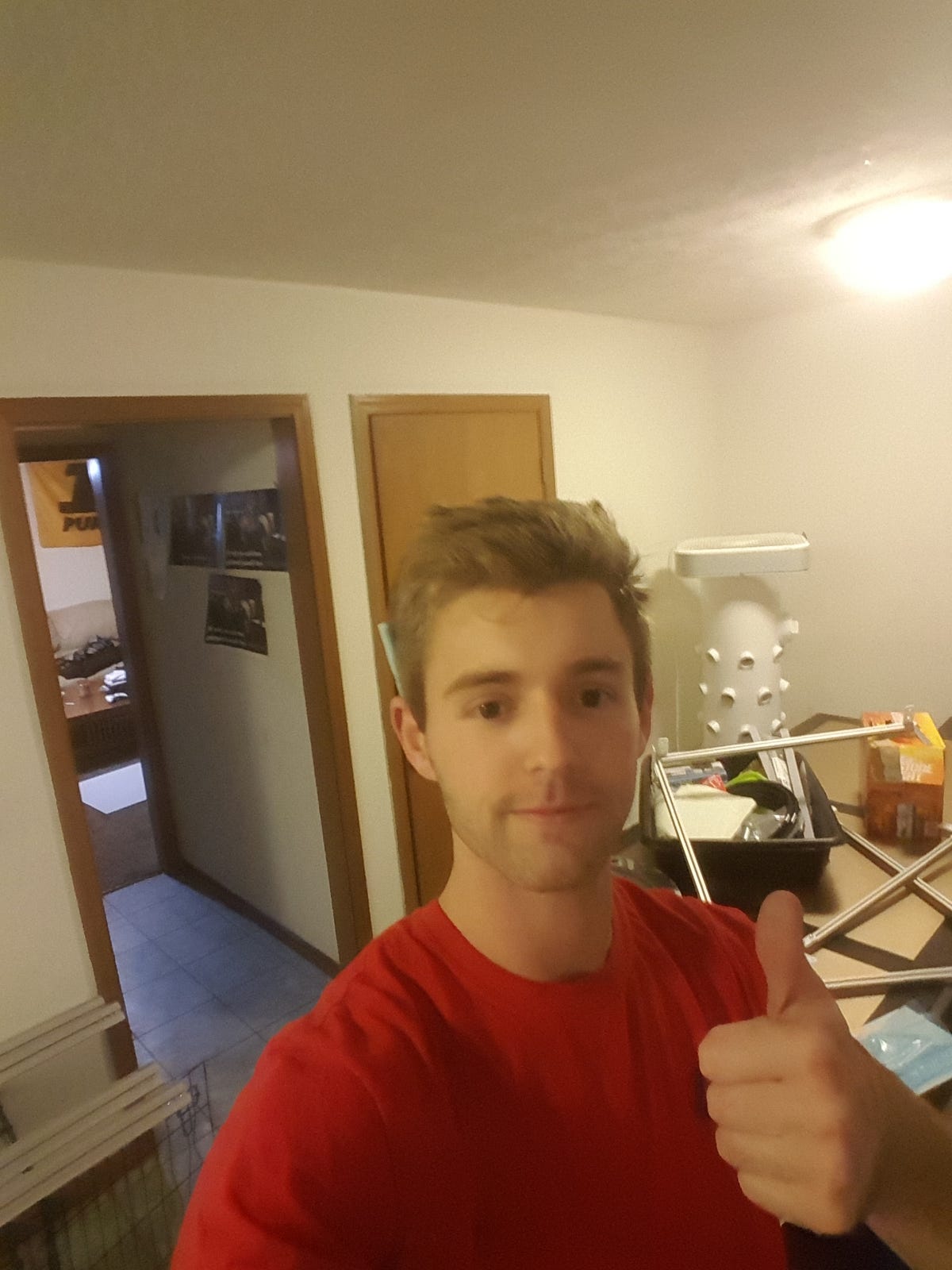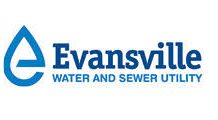The Next Frontier of Agriculture
I gave a TEDx Talk at Wabash College not long ago that gave a glimpse as to why I chose to co-found Heliponix. We could only fit so much content in a 10-minute segment, so I saw it fitting to provide a written explanation to tell the full story.
I was extremely fortunate to receive an internship the summers of 2014 and 2015 after my freshman and sophomore years at Purdue University working as a mechanical engineer for a company in the oil and natural gas industry that manufactured fluid control equipment in my hometown of Evansville, Indiana of about 120,000 people. Known for manufacturing, Evansville was once called The Refrigerator Capital of the World at the height of its appliance manufacturing productivity. Although I was surrounded by great co-workers who enriched my technical knowledge, I did not feel like this industry was right for my career.
Then one day during my junior year (Jan. 2016), I received a mass email from my college about a job opening at the horticultural college looking for an engineer familiar with fluid control systems for a hydroponic research project. I responded out of curiosity to see if I could at least learn more about other industries to strength my project experience portfolio, but I knew absolutely nothing about plant science. With luck, my email with resume and cover letter was well received, and I was invited into an interview with Dr. Cary Mitchell.
Dr. Mitchell expressed concerns for my generation’s ability to grow enough food to meet the growing, global demand. Global food outputs must increase by 70% as we exceed 9 billion people in 2050 according to the UN. Agriculture accounts for 50% of land use, and 80% of freshwater consumption in the USA. To put it simply, we will run out of the land and water needed to produce enough food with our current consumption/production rates within the next thirty years.
Dr. Mitchell explained a new concept to me called CEA, controlled environment agriculture. It is exactly as it sounds, the practice of making an automated, indoor farm that used hydroponics. Hydroponics is a method of growing plants using no dirt, but only nutrient-rich water recirculated over the roots in a closed loop. By keeping the nutrients dissolved in the water in near constant circulation, plants could grow three times faster than they would outdoors. To put this in perspective, a lettuce farmer can typically grow a full head outdoors in 2–3 months, but hydroponics could grow lettuce in just 30 days or less in some circumstances. Most hydroponic systems are in controlled greenhouses, so a hydroponic farmer could harvest every month of the year without any pesticides and 95% less water by eliminating runoff. CEA is essentially a twelve times increase in productivity compared to conventional soil farming methods limited to one season a year. Additionally, a vertical farm that stacked layers of growing planes could multiply yields even further!

Dr. Mitchell was seeking assistance in the fluid control design for a hydroponic research apparatus called the minitron 3funded through a NASA grant. Within my lifetime, permanent space colonies will be established on Mars which creates a need for a sustainable food supply. It is not feasible to regularly ship tons of food from Earth, so they must be able to grow their own food. However, there are still challenges holding back the industry’s complete fruition.
The main challenge to creating a crop-growth module for space travel has been the staggering energy cost of the 600- to 1,000-watt conventional high-pressure sodium lamps traditionally used to mimic sunlight and stimulate plant photosynthesis in contained environments. The lamps also scorch plants if placed too close and require a filtration system to absorb the excess heat they create.
“Lighting was taking about 90 percent of the energy demand,†Poulet said. “You’d need a nuclear reactor to feed a crew of four people on a regular basis with plants grown under traditional electric lights.â€
The focus of the Purdue-NASA research study was to measure the carbon dioxide concentration of air going into the minitron, and concentrations of oxygen leaving the growth chamber. This allowed researchers to measure photosynthetic efficiency rates under different wavelengths of light under an addressable LED array. If you only used LEDs of the right color plants need to grow, then you could eliminate the wasted energy of colors that the plants are not up taking. The goal was to provide valuable insights about which spectrum of LEDs would be the best to reduce the energy consumption of an indoor growing operation, a major operational cost. This is why many vertical farms have “pink†lights, plants primarily need red and blue light. LEDs have become much more efficient than previous lighting options, and release little heat to greatly improve the energy efficiency of growing indoors.
With the youthful naivety of a 20-year-old, I applied to every commercial, hydroponic facility in the US with little to no responses. I quickly learned that the research study I was a part of was not just an attempt to reduce the operational cost of CEA, but it was trying to make it more profitable for more people to pursue. Most indoor farming operations have access to reduced agricultural rates which is 90% less than what most residential consumers pay for energy. Without these subsidies, the industry would be reduced to very low margins, so paying for an engineering intern was out of the question.
So I went back to the career fairs at Purdue desperate to find an internship opportunity anywhere outside of my hometown to see new things. I finally found my break when I was given an internship offer as a project manager in Hawaii for the summer of 2016. I immediately accepted the offer, but was told by the HR manager to not worry about the “TBD†stamp on my location for the contract I signed in March…. For the rest of the spring semester, I was ignored on all communication channels to this HR manager until I was finally called back during a dead week at the end of the semester after canceling all interviews with the expectation I would be in Hawaii. I was informed that I was reassigned to build section-8 low income, government housing in El Paso, TX along the border to Juarez, Mexico.
A quick google search informed me that Juarez was a murder capital and major drug corridor for Mexican cartels bringing narcotics into the United States. The movie Sicario is based on the cartel violence in Juarez in this exact location. With no other options on the table, I packed my bags for a cross-country roadtrip to the desert.
At the time, I spoke virtually no Spanish and grew my beard out to appear older to the laborers working on the construction sites. My primary responsibility was to oversee a Spanish-speaking workforce for labor jobs such as toxic asbestos removal. Many of the workers had previous gang affiliations, and narcotic use was rampant. The section of El Paso I managed was originally called the “Angel’s Triangleâ€; a triangularly shaped subdivision situated between the Franklin Mountains range, the US Army’s Fort Bliss, and the border wall to Mexico. However, this portion of the town was called the “devil’s triangle†due to the gang activity, narcotics, and prostitution that now plagues the area.
One day I woke up, envisioned this career-defining my entire life, and realized that this was not the industry for me either. I then began to look at my time in the desert as an opportunity to build a business model that could solve the food desert I was living in. A food desert is defined as, an urban area in which it is difficult to buy affordable or good-quality fresh food. Residents (who often lacked private transportation) resorted to buying highly processed, non-perishable foods which are cheap and readily available at the local corner stores. These corner stores had little to no fresh produce which contributed to high obesity and abnormally high diabetic rate. I knew that indoor farming could account for the poor soil quality and a limited amount of water in the desert to bring these residents the fresh produce they needed, but the following points prevented this from happening.
- Indoor, vertical farms require huge amounts of capital from investors to build the infrastructure with a very long ROI.
- Energy costs for indoor lighting greatly reduced the profitability of the facilities. Without reduced agricultural energy rates, many of these facilities would be much less profitable.
- Labor rates can be variable and pose new liabilities for workman’s comp claims in the event of a workplace injury using equipment such as scissor lifts to reach top shelves. Although automation is the best solution, this is a tradeoff for an even higher infrastructure cost and recurring maintenance cost from skilled engineers.
These points in mind, I concluded that the likelihood of a twenty-one-year-old being funded to build a multi-million dollar vertical farm was very unlikely. But this revelation posed a new question, “Could the technology be broken up into decentralized devices?â€.
Que my TEDx talk… For inspiration, I looked towards the ice industry which up until the 1800s was made up of ice harvesters who could only cut ice from frozen bodies of water when the climate allowed water to freeze. This seasonal availability was disrupted by ice factories that could deliver ice year round in any climate. Today, 98% of Americans now own their own personal ice factories called refrigerators.


Much like the early ice industry, agriculture has always been dependant on the narrow window of growing seasons restricted by climates for crops to grow once a year. Since the explosion of microcontrollers and LEDs drastically increasing efficiencies and decreasing prices, indoor vertical farming has become financially viable for the first time. Much like the ice industries continual decentralization, we believe that agriculture will follow suit for many types of vegetables. In addition, decentralized, hydroponic farms eliminated the three concerns that limit the scalability of massive vertical farms.
Customers buy into for the hardware, not the investor. Â The energy cost could be greatly reduced through a new, innovative design. Contract manufacturing is highly competitive and keeps manufacturing labor prices low.

This theory in my mind was validated by the success of the Keurig recurring k-cup business model that could be emulated with hydroponic appliances sending monthly shipments of compostable seed pods™ and fertilizers directly to the consumers. I spent the remaining time I had in El Paso creating conceptual designs of this hydroponic appliance called a GroPod™. I then filed the first provisional patents on the new design before building the first prototype and entered into business plan competitions at Purdue University my senior year. I quickly recruited my Purdue-NASA-hydroponic coworker, Ivan Ball to be my Co-Founder of Heliponix (formerly Hydro Grow) to close the electrical and software skills gap we needed to keep improving upon our design. What happened afterward could be a series of articles on its own, but at least this article can provide a deeper explanation of where I started, and where we are growing! Follow us on social media as we continue growing to become the world’s largest farm without owning a single acre of land!
Instagram, Facebook, Linkedin, and Twitter: @heliponix





GO SCOTTY, GOOOO!!! 🙃
Comments are closed.